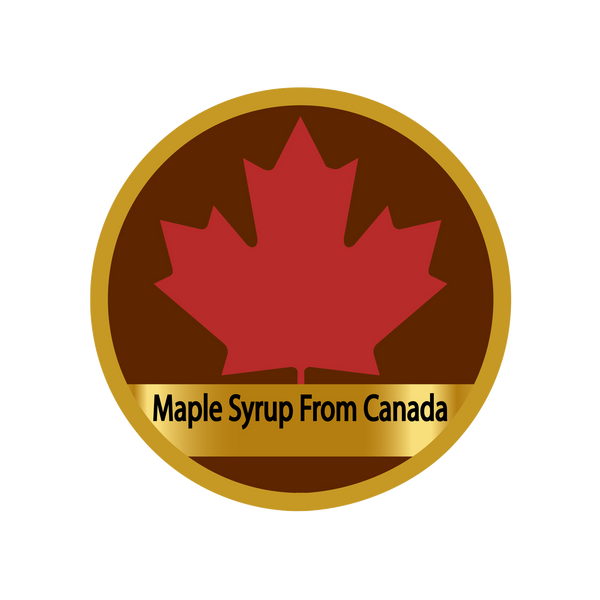Bottling maple syrup is a critical step in ensuring that the product reaches consumers in optimal condition. The process involves several technical considerations and best practices to maintain the syrup's quality, prevent contamination, and comply with regulatory standards.
Technical Aspects of Bottling Maple Syrup
**1. Sanitization and Cleanliness
- Equipment Cleaning: All bottling equipment must be thoroughly cleaned and sanitized to prevent microbial contamination. This includes tanks, pumps, hoses, and bottling lines.
- Bottles and Caps: The bottles and caps should be sterilized before use. Glass bottles are often preferred for their impermeability and inert nature.
**2. Temperature Control
- Hot Fill Process: Maple syrup should be bottled at a temperature of at least 185°F (85°C). This hot fill process helps to sterilize the bottle and cap, ensuring a longer shelf life.
- Cooling: After filling, bottles should be inverted for a few minutes to ensure the cap is also sterilized. They should then be cooled quickly to prevent crystallization and maintain quality.
**3. Filtration
- Removing Impurities: Before bottling, the syrup should be filtered to remove any sugar sand (niter) or other impurities. This can be done using fine mesh
filters or diatomaceous earth filters to ensure a clear, high-quality product.
**4. Packaging Materials
- Bottle Material: Glass is the preferred material due to its non-reactive properties and superior barrier against moisture and air. However, food-grade plastic bottles can also be used if they are suitable for hot filling.
- Cap Seals: Ensure caps have proper seals to prevent leakage and contamination. Tamper-evident seals are also recommended for consumer safety.
Compatibility Considerations
**1. Automated Bottling Equipment
- Machine Compatibility: Ensure that the bottling machinery is compatible with the type of bottles being used, whether glass or plastic. The machinery should handle the hot fill process and be adjustable for different bottle sizes.
- Flow Rates and Viscosity: Maple syrup's viscosity changes with temperature. Automated bottling equipment should be able to handle the flow rates of syrup at high temperatures without causing spillage or inconsistent fills.
**2. Labeling Machines
- Label Adhesion: Labels should adhere well to both glass and plastic bottles. The bottling line should include a labeling machine that can apply labels accurately and securely at the point of filling.
- Compliance with Regulations: Ensure that labels meet all regulatory requirements, including nutritional information, origin, and certification labels.
Best Practices for Bottling Maple Syrup
**1. Quality Control
- Regular Inspections: Conduct regular inspections of the bottling line to ensure it is functioning correctly and maintaining hygiene standards.
- Batch Testing: Test batches of bottled syrup for quality parameters such as density, sugar content, and flavor to ensure consistency.
**2. Temperature Monitoring
- Consistent Heating: Maintain a consistent temperature during the bottling process to prevent crystallization and ensure a uniform product.
- Cooling Procedures: Implement proper cooling procedures post-bottling to avoid bottle breakage and maintain syrup clarity.
**3. Storage Conditions
- Proper Storage: Store bottled maple syrup in a cool, dark place to prevent degradation. Avoid exposure to direct sunlight and temperature fluctuations.
- Inventory Management: Use a first-in, first-out (FIFO) inventory system to ensure older stock is sold first, maintaining product freshness.
**4. Compliance and Traceability
- Regulatory Compliance: Stay up-to-date with local and international regulations regarding food safety, labeling, and packaging.
- Traceability Systems: Implement traceability systems to track each batch of syrup from production to the final consumer, which is essential for quality control and recall procedures if necessary.
**5. Sustainability Practices
- Eco-friendly Packaging: Consider using eco-friendly packaging materials to appeal to environmentally conscious consumers.
- Waste Management: Implement waste management practices to reduce the environmental impact of the bottling process.
Conclusion
Bottling maple syrup involves several technical aspects, from sanitization and temperature control to filtration and packaging. Ensuring compatibility with automated bottling equipment and adhering to best practices will maintain the syrup's quality and safety. By following these guidelines, food and beverage manufacturers can efficiently bottle maple syrup, ensuring a high-quality product reaches consumers.
For more information on sourcing bulk maple syrup and setting up an efficient bottling process, contact Maple Syrup From Canada Inc. today. Let's work together to bring the pure taste of Canadian maple syrup to your consumers.

